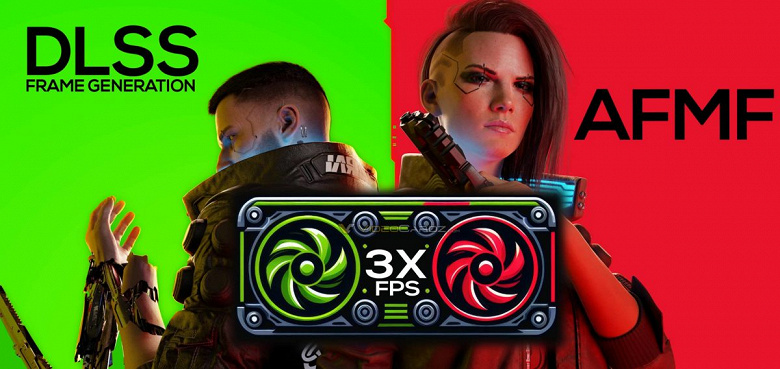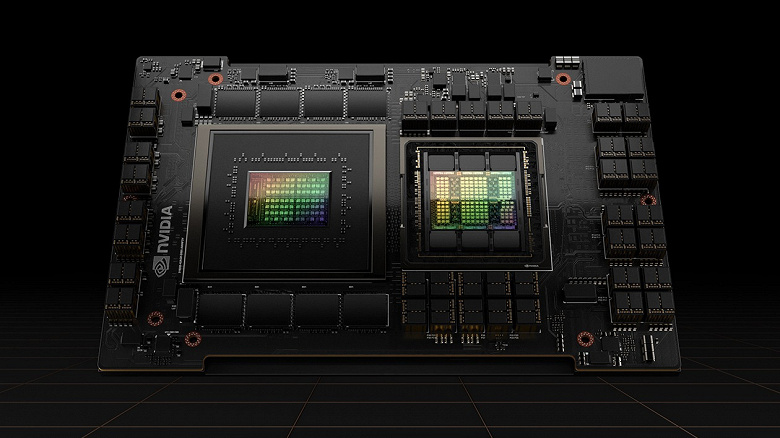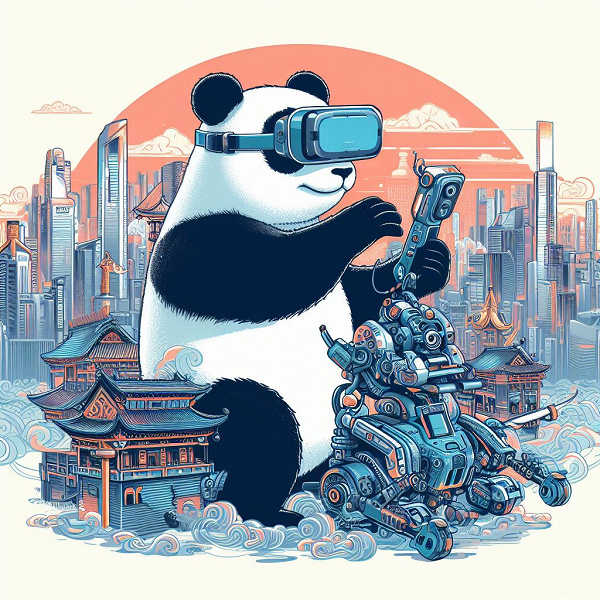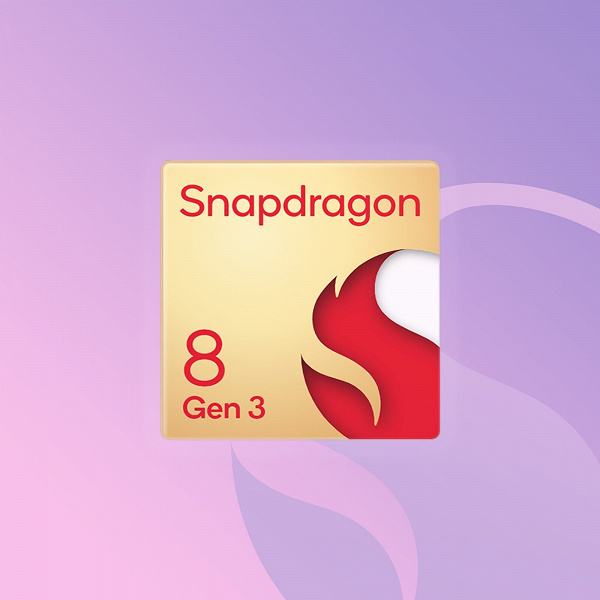Nvidia has developed in collaboration with Bandai Namco GameGAN , a particular neural network system that imitates the characteristics of a game engine and is, therefore, able to generate a video game even without having any programming knowledge.
Nvidia GameGAN
The protagonist of this experiment was none other than PAC-MAN, which – on the occasion of its 40 years – was reconstructed by artificial intelligence through the use of GameGAN. But how exactly does GameGAN work? What are its potential applications within the gaming industry?
WHAT IS A GAN
Let’s start by explaining the meaning of that GAN in the name. This is the acronym of Generative Adversarial Networks, which identifies a particular system of neural networks used for training deep learning algorithms.

Normally these are trained to recognize a certain object through the analysis of a huge amount of information which, in turn, must be described and classified by human personnel. For example, if we were to train an algorithm to recognize photos that contain cats, we would have to submit thousands of photos of cats to them – classifying their main characteristics – before the model is able to recognize them independently.

GAN, on the other hand, adopts an approach that minimizes the need to provide external data, since the system is composed of two competing neural networks. The first ( generating ) has the task of creating an image of the subject to be recognized, while the second ( discriminating ) analyzes it and establishes whether the data produced can be credible or not.
Diagram of the functioning of a GAN.Taking the feline example again, the generating network will produce images of cats until the discriminator judges them credible: all the data are shared between the two networks, which then train each other in a completely autonomous way. Unlike the other model, this requires less initial input, as the material to be analyzed will be automatically generated.
GAMEGAN: AI RECREATES PAC-MAN FROM ZERO
In the case of GameGAN, however, things get much more complicated. In fact, we are talking about a system that aims to observe, study and recreate from scratch a game that is functional and credible. This entails the entry on the scene of many other factors. In PAC-MAN, for example, the AI must understand for itself that coloured ghosts are dangerous, that the aim is to eat as many dots as possible to increase the total score, that large pills reverse the prey/predator role between PAC-MAN and the ghosts, and so on.
All these elements are deduced by GameGAN, as the only data available are game session recordings (in this case 50,000 were provided, analyzed by 4 GPUs over the course of 4 days) and the data on the keys pressed during these sessions that – in this case – were played by an AI and not by a real person.
Starting from this data, the generative AI creates a frame that can be credible, while the discriminatory AI will try to play that particular frame. The interaction between the two artificial bits of intelligence, therefore, leads to the continuous production of new images, which are accepted or rejected on the basis of their credibility and the fact that they respond or not to the rules of the system that have been interpreted by GameGAN.

The final result leads to the creation of a completely original and functional game, but at its base, there is no code or game engine, but only a series of pixels ( therefore potentially capable of being viewed by any hardware ). This means that every action carried out within the game will give rise to new frames composed according to the rules that the AI model has deduced, therefore everything takes place in real-time. This also allows you to create NPCs (non-player characters, such as PAC-MAN ghosts) capable of reacting to what happens, without their behaviour being scripted.
A MODEL IA SUITABLE FOR ALL GAMES, BUT NOT ONLY
The model behind GameGAN is generic and was not built around a particular title, so it can be used to work on any 2D game. At the moment we are still in an early stage of its development, which is why it is more effective if applied to simple titles, but its team is working to make it compatible with 3D games and, in the future, to allow it to analyze more games at a time and merge them together.
In fact, Nvidia GameGAN does not just reproduce what it sees but is even able to create completely original layouts, based on the results of its previous analyzes. In fact, the model autonomously learns the rules of the game and is able to disconnect the background elements from the moving characters; this makes it possible to replace each of them (we could, therefore, change the background of the title, the sprite of PAC-MAN or ghosts and so on), using information from other sources.

GameGAN applications are very varied and range in many areas. Remaining in the video game, future versions of the model will allow developers to simplify the creation of new levels and – in the distant future – even whole games. But this knowledge can also be applied to other sectors, such as autonomous driving, warehouse management and much more, thanks to the possibility of training robots and algorithms.
The heart of the model is in fact focused on its ability to learn the rules and create coherent answers. Nvidia claims that the ultimate goal is to allow GameGAN – or an infinitely more advanced version of it – to create simulations that respond exactly to all the laws that regulate the world. Who knows that one day he will not be able to develop a credible reproduction of our planet and all the interactions that take place on its surface.
SEARCH INFORMATION
The playable version of PAC-MAN created by GameGAN will be available on Nvidia’s AI Playground portal, where users will be able to download demonstrations to try out a title completely generated by artificial intelligence.
The GameGAN project, the result of the collaboration between Nvidia AI Research Lab of Toronto and the University of Toronto, was developed by the Seung-Wook Kim team and received support from Bandai Namco Research. In SOURCE you will find the Github page of the project, while in the VIA there is the official post on the Nvidia blog.








